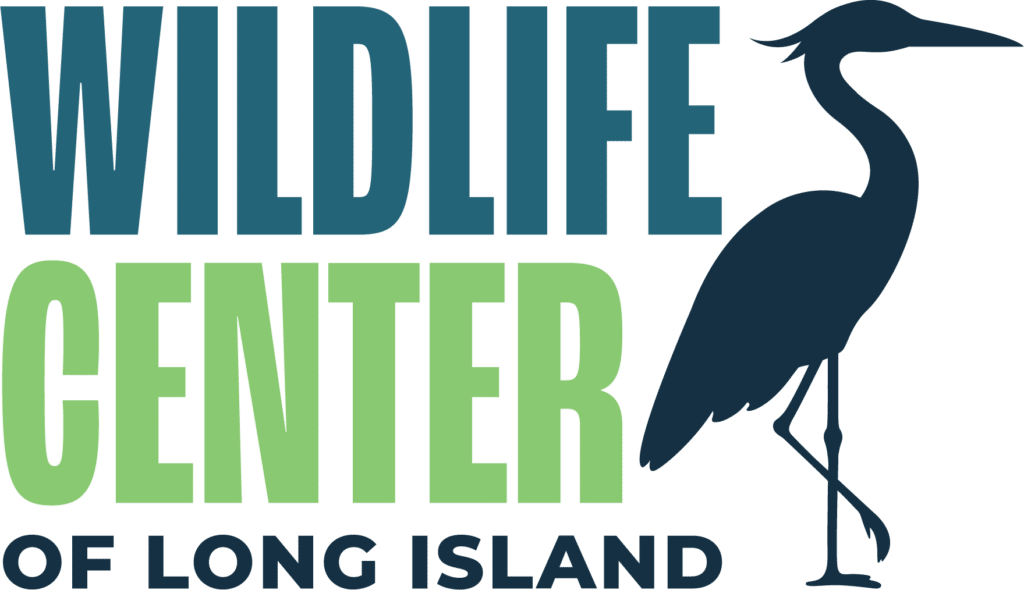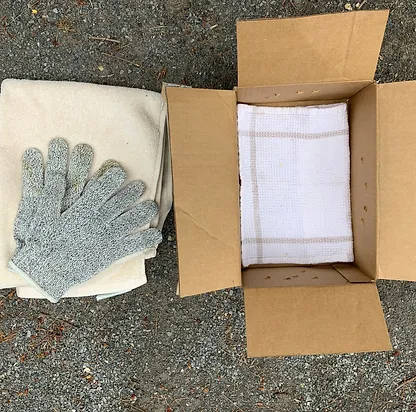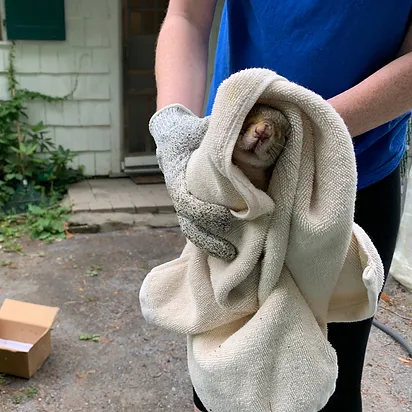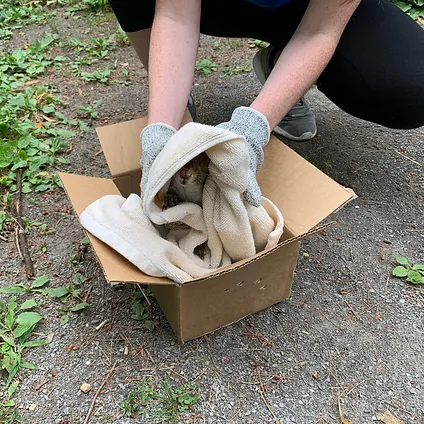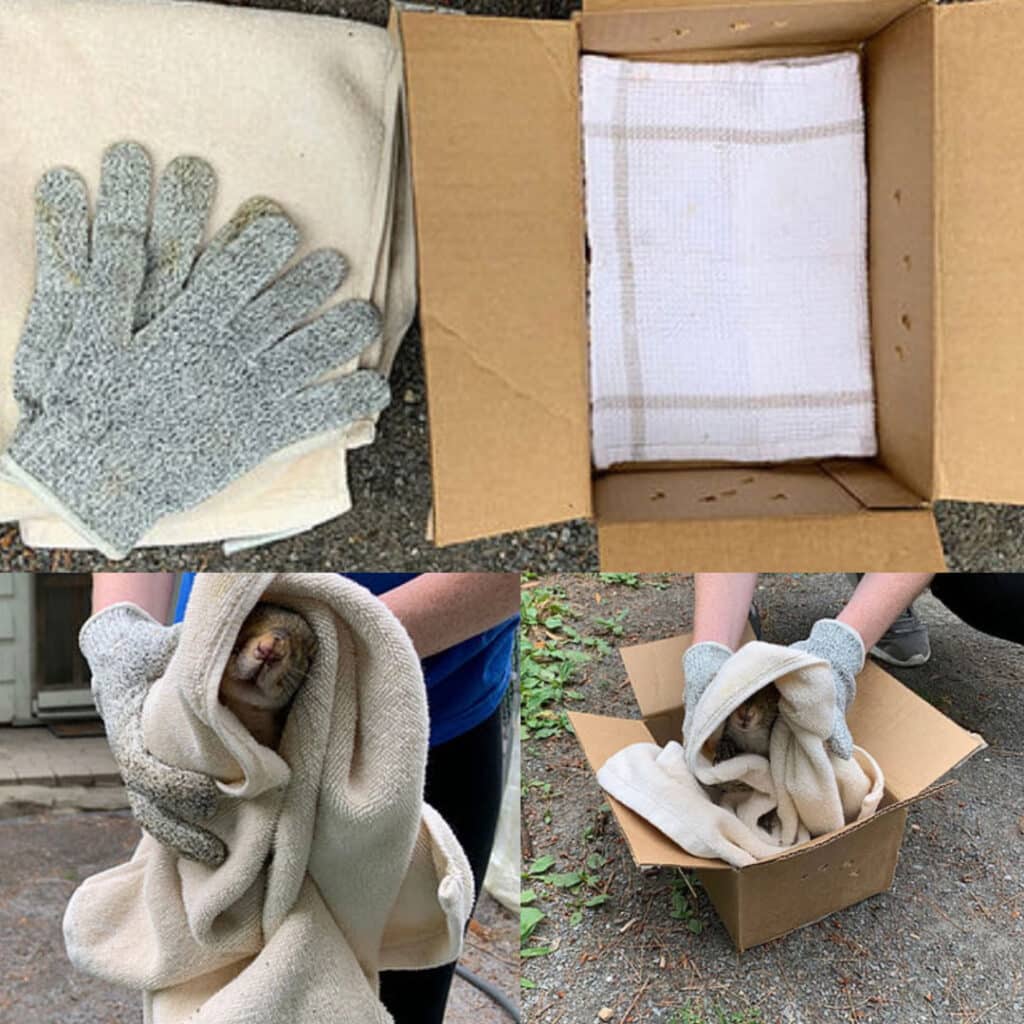Step 1 - Take a photo/video
Take a photo or video of the animal in distress. This will allow us to deduce important information such as species, age, and the animal’s condition.
Step 2 - Contain the animal
Follow the steps below to safely and quickly contain an injured wild animal.
Step 3 - Call our wildlife hotline
Email photos/videos to [email protected]
Then, call our wildlife hotline at (516)674-0982
If we do not pick up, leave a message and we will call you back as soon as possible.
